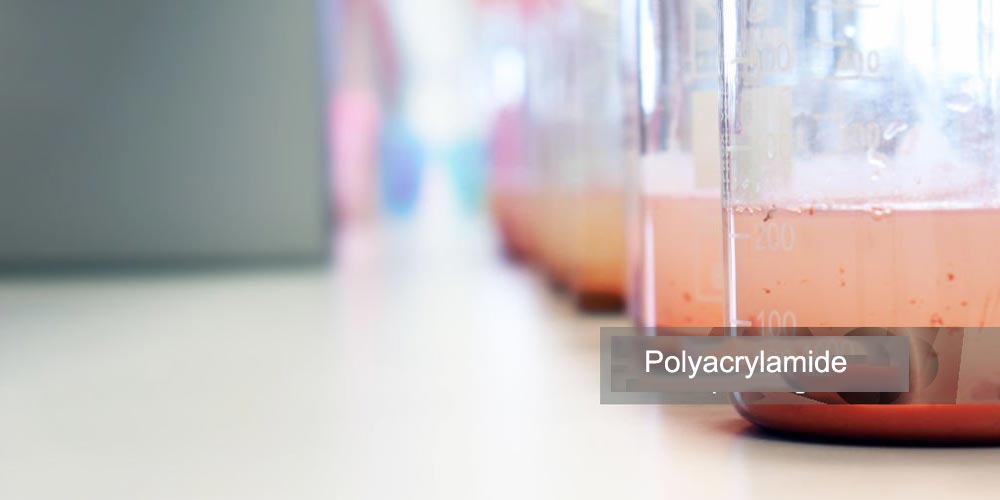Polyacrylamide (PAM) is a linear polymer with flocculation, adhesion, drag reduction, and other properties. As a Polymer Organic Flocculant, it is widely used in the field of water treatment. When using PAM, correct operational methods should be followed to avoid the wastage of chemicals.
PAM Adding Process
For Solid PAM, it needs to be added to the water after being dissolved. For different water qualities, various types of PAM need to be selected, and solutions proportioned into different concentrations. When adding polyacrylamide, attention should be paid to the following points:
Jar Tests: Determine the best specifications and dosage through jar tests. In a jar test, gradually increase the dosage of polyacrylamide, observe the flocculation effect, and determine the optimal dosage.
Preparing PAM Aqueous Solution: Since anionic PAM (APAM) and nonionic PAM (NPAM) have higher molecular weight and stronger strength, anionic polyacrylamide is usually formulated into an aqueous solution with a concentration of 0.1% (referring to solid content) and salt-free, clean neutral water. Choose enameled, galvanized aluminum, or plastic buckets instead of iron containers as iron ions catalyze the chemical degradation of all PAM. During preparation, polyacrylamide needs to be evenly sprinkled into the stirring water and heated appropriately (<60°C) to accelerate dissolution. When dissolving, attention should be paid to adding the product evenly and slowly into the dissolver with stirring and heating measures to avoid solidification. The solution should be prepared at a suitable temperature, and prolonged and severe mechanical shearing should be avoided. It is recommended that the mixer rotates at 60-200 rpm; otherwise, it will cause polymer degradation and affect the use effect. Note that the PAM aqueous solution should be prepared immediately before use. Long-term storage will lead to a gradual decrease in performance. After adding the flocculant aqueous solution to the suspension, vigorous stirring for a long time will destroy the flocs that have been formed.
Dosing Requirements: Use a dosing device to add PAM. In the early stage of the reaction of adding PAM, it is necessary to increase the chances of contact between chemicals and the water to be treated as much as possible, increase stirring, or increase the flow rate.
Things to Note When Adding PAM
Dissolution Time: Different types of PAM have different dissolution times. Cationic PAM has a relatively short dissolution time, while anionic and nonionic PAM have a longer dissolution time. Choosing the appropriate dissolution time can help improve the flocculation effect.
Dosage and Concentration: Appropriate dosage is the key to achieving the best flocculation effect. Excessive dosage may cause excessive coagulation of colloids and suspended particles, forming large sediments instead of flocs, thus affecting the quality of the effluent.
Mixing Conditions: To ensure adequate mixing of PAM and wastewater, appropriate mixing equipment and methods need to be selected. Uneven mixing may result in incomplete dissolution of PAM, thereby affecting its flocculation effect.
Water Environmental Conditions: Environmental factors such as pH value, temperature, pressure, etc., will also affect the flocculation effect of PAM. Depending on wastewater quality conditions, these parameters may need adjustment for optimal results.
Dosing Sequence: In a multi-agent dosing system, it is crucial to understand the dosing sequence of various agents. The wrong dosing sequence may affect the interaction between PAM and colloids and suspended particles, thereby affecting the flocculation effect.
Polyacrylamide (PAM) is a versatile polymer with various applications, particularly in water treatment. To maximize its effectiveness and avoid wastage, it is essential to follow proper operational procedures. By carefully considering factors such as dissolution time, dosage, mixing conditions, water environmental conditions, and dosing sequence, you can effectively utilize PAM to achieve desired flocculation results and improve water quality.
Post time: Sep-30-2024

